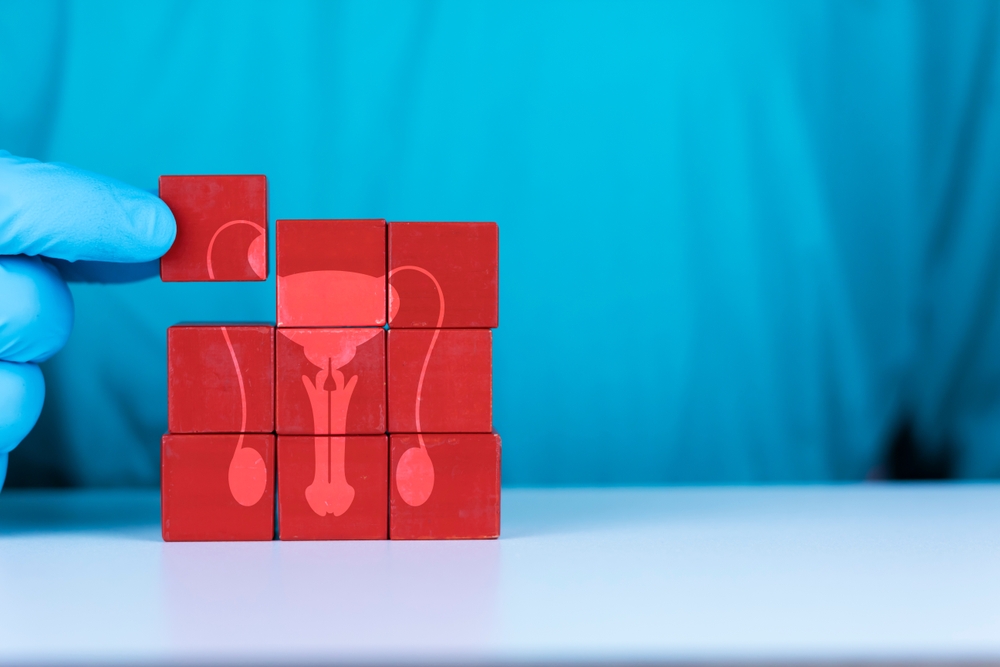
These plaques generally cause pain during sexual intercourse and result in an abnormal curvature of the penis. While the exact cause of Peyronie's disease is not known, it is believed that penile trauma or genetic factors may trigger this condition. Symptoms of the disease include penile curvature, pain, and discomfort during erections.
Peyronie's disease is commonly seen in middle-aged and older men, and the progression of the disease varies from person to person. In some men, the plaques may shrink over time and symptoms may lessen, while in others, symptoms can worsen and require more serious interventions. Treatment options include medication, injections, and surgical intervention. The surgical removal of plaques is referred to as plaque excision.
The most common symptoms of Peyronie's disease include:
Formation of hard plaques in the penis
Penile pain (especially during erections)
Penile curvature
Difficulty achieving or maintaining an erection
Shortening of the penis
Surgical intervention for Peyronie's disease is typically considered when symptoms are severe and other treatment methods are insufficient. If the plaques cause significant penile curvature and severe pain during sexual intercourse, surgical options are evaluated. Surgery is generally recommended when the disease has stabilized and symptoms have not changed for at least 6-12 months.
When deciding on surgery, the patient's overall health, the risks and benefits of the surgery, and potential outcomes are taken into consideration. Surgery aims to correct the curvature and alleviate pain, but it is important to remember that all surgeries carry risks and potential complications. Therefore, the decision for surgical intervention should be made after a thorough evaluation and discussion between the doctor and the patient.
Peyronie plaque excision involves the surgical removal or correction of the plaques. During this procedure, the surgeon carefully removes or cuts the plaques to help the penis regain a more normal shape. The surgery is usually performed under general anesthesia, and different techniques may be used depending on the patient's condition. One of the most common techniques involves removing the plaques and using sutures or grafts to correct the curvature of the penis.
After the surgery, the patient needs to rest for a certain period to allow the penis to heal and regain its normal functions. The surgeon will provide detailed information about post-operative care and the recovery process. The success of the surgery depends on the surgeon's experience, the patient's overall health, and the severity of the disease.
The recovery process after Peyronie's disease surgery varies depending on the patient's overall health and the type of surgery performed. Typically, patients are kept under observation in the hospital for a few days after the surgery and then continue to rest at home. Post-operative pain and discomfort are common, but these can usually be managed with prescribed pain medications.
During the recovery period, it is important for patients to avoid sexual activity and limit physical activities as recommended by their doctor. Regular follow-up appointments should be made to monitor the recovery process and detect any potential complications early. Complete recovery usually takes several months, and patients should maintain regular communication with their surgeon during this period. For detailed information about Peyronie's disease and surgical intervention, consult the experts at EMPCLINICS. Contact us through the provided information.
The cost of Peyronie plaque excision can vary depending on the surgeon's experience, the hospital's location, and the method used.
Most patients experience significant improvement in their sex lives after Peyronie plaque excision. Your doctor may recommend medications or other treatments to help restore sexual function.
Peyronie's disease usually does not resolve on its own. It should be treated to prevent worse outcomes.